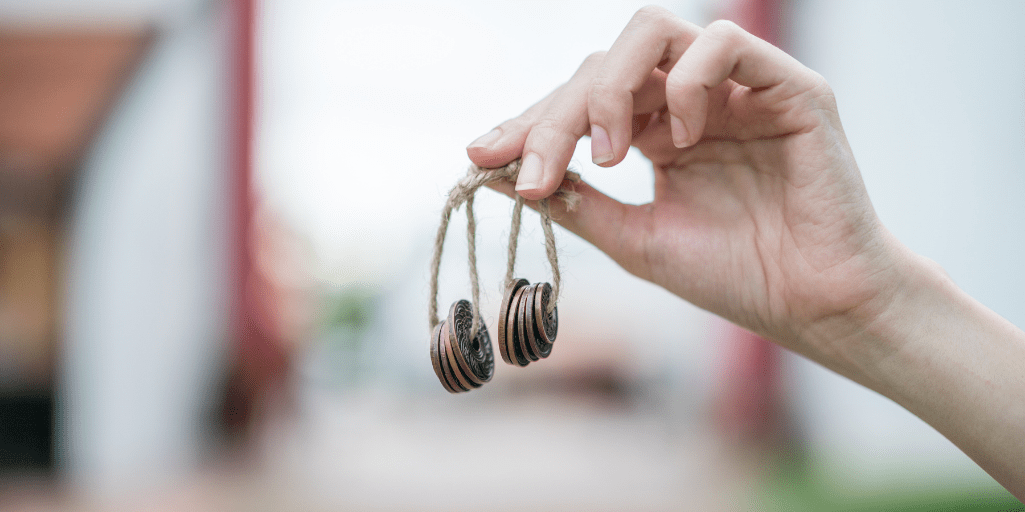Have you ever wondered what age-old currency looked like before metal and paper were invented? Or even what was used as a form of currency?
We recently wrote a blog on the “The symbolism of five cash notes around the globe” and the importance of design in modern-day banknotes. But this got us thinking… what did age-old currency look like? So, we decided to do some research and collated five of the most interesting forms of age-old currency.
Edible Currency
You wouldn’t believe it in 2021, but food has been used as currency for centuries. Like salt, cheese, cocoa beans, and tea bricks (less edible, more drinkable), just to name a few.
- Salt – There are a few interesting points around salt as a currency, including the origination of the word ‘salary’. The word salary is derived from the Latin word ‘salarium’; a ration of salt.
- Cheese – Parmigiano cheese was recognised as bank collateral in Italy. Credito Emiliano still accepts the cheese against small business loans!
- Cocoa beans – As recorded in the Codex Mendoza (1541), kept in the Oxford University Library, in the 1500 many produce goods were exchanged using cocoa beans among the Aztecs tribe.
- Tea – ‘Bricks of tea’ were used for centuries instead of coinage in China, Siberia, Tibet, Turkmenistan, Russia and Mongolia. This custom apparently lasted up until the Second World War!
If you’re interested to learn more about the history of edible currency there is a great blog written by italian-feelings which is where we got all our facts from!
Katanga Crosses
Katanga Crosses were used as currency in the Democratic Republic of the Congo up until the 20th Century. These crosses where cast in copper and used to barter and trade. They could also be used in tool making as well if needed. As a general conversion rate one cross was worth 22 pounds of flour!
Rai Stones
Rai Stones are possibly the largest form of currency ever recorded, used on the island of Yap from 500AD. They were round stones with a hole in the centre, carved out of limestone rock. They reached up to 3.5 metres in diameter and over 8 tonnes in weight… heavy to say the least!
Extraordinarily, the more history that the stone had, the more it contributed to the stone’s value. Even stones that were transported and lost in a river kept their value. When a stones ownership changed, an elaborate ceremony had to be held to recognise the change in ownership!
Kissi Pennies
Up until recently Kissi Pennies were recognised as a legal tender across many parts of Western Africa. Kissi Pennies were made by blacksmiths in the form of long rods with a T-shape on one end and a sort of spade on the other called ‘an ear’. If broken, the only way for the Kissi Penny to regain its value was with an elaborate ceremony involving a witchdoctor. Before they were phased out, a bag of oranges cost a couple of Kissi Pennies, a cow costs 2,000 Kissi Pennies and a bride… 4,000!
Potlatch
Potlatch was not really a currency, but more of a way to trade. It was an extravagant celebration that allowed the trade of almost anything. This type of celebration took place all over the world, but was the core means of trading by the Native Americans. Interestingly, the largest Potlatch took place when the Queen of Sheba gifted King Solomon the largest amount of gold and spices of the time.
Other unusual currencies we also found include:
- Seashells
- Bottle caps
- Animal pelts
- Jewellery
- Snakes
- Potato mashers
So, there you have it, our five most interesting forms of age-old currency.
Will physical currency (coins and bank notes) be with us in 50 years? We don’t know. But what we do know is payment choice is a key element to business success, so the option is important. We are not yet in a place where we are restricted in how we pay, but with recent developments and technological advancements in payments, could that change? If you are interested in this discuss, head over to our blog “The risks with a move towards a cashless society”.


